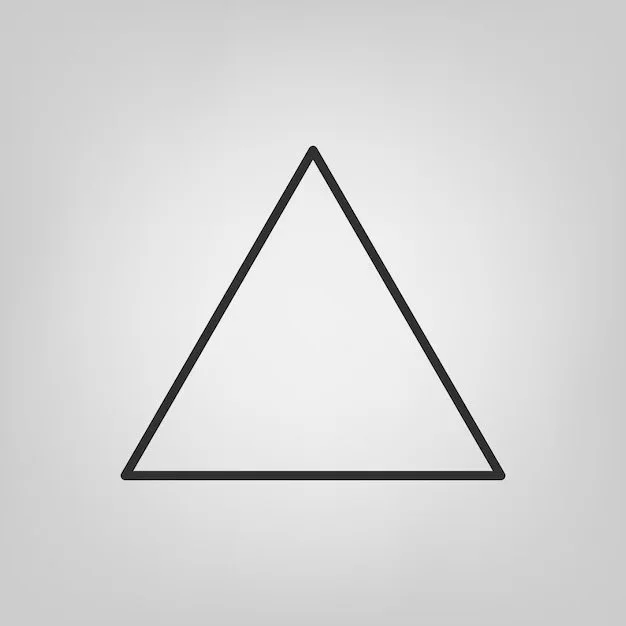Being and Doing
Freepik
• Little Mind: Being versus Doing? Or Being and Doing?
• Big Mind: Even better… how about Who are you Being, and What are you Doing?
• LM: Who am I Being?
• BM: Yes, who are you Being? What kind of person are you Being? And how much of your day do you spend in Being?
• LM: Not much.
• BM: Alright. Would you like that to change?
• LM: I’d love my days to feel less rushed. Is that part of Being?
• BM: Yes, it can be.
• LM: Does Being mean I need to meditate? Do I have to be in a meditative state to experience Being?
• BM: Meditation is one path, especially if it helps you feel relaxed, at ease, or calm. But Being isn’t limited to meditation. You can connect with your Being simply by being present… in the moment. Less in your head, more in your body.
• LM: Less in my head? Less engaging with my thoughts?
• BM: Exactly. Less engaging with your mind and the stories it creates. Less believing those thoughts as absolute truth.
• LM: Hmm… but I love my mind! It helps me imagine incredible things, create new realities, and daydream!
• BM: And that’s a beautiful gift. The question is: how much are you unintentionally engaging with your mind? The mind is an amazing tool, but problems arise when we misuse it — when we start using it for purposes it wasn’t meant for.
• LM: Hmm… but I can’t control my thoughts. When I try replacing unhelpful ones, it works temporarily but creates tension in the long run. How do I even know I’m misusing my mind?
• BM: Pay attention to the feeling.
• LM: The feeling?
• BM: Yes, the feeling your thoughts create. If a thought brings ease, lightness, joy, excitement, or possibility, you’re likely using your mind in a helpful way. But if it brings tension, heaviness, or stress… well, then you might be misusing it. Let’s set thoughts aside for a moment — Syd Banks has a lot to say about this. Back to Being.
• LM: Back to Being. I see the link between Being and presence. Can one spend too much time in Being?
• BM: Too much Being, and you might miss out on the full human experience — on life’s emotions, opportunities, and action.
• LM: And too much Doing?
• BM: I think you know that one well, don’t you?
• LM: Oh, very well. I love Doing cool, exciting, stimulating things!
• BM: So what’s the problem?
• LM: Sometimes, I overdo it. I find myself trying to do everything, and it stops feeling exciting or fun.
• BM: What if you did less?
• LM: Then I suppose I wouldn’t reach that point of burnout. But how do I stop Doing?
• BM: Start with this: What do you love Doing? What would you love to do even more? What if you only did what you truly loved?
• LM: That’s impossible…
• BM: Why?
• LM: Because there are responsibilities — admin work, taxes, getting the kids to kindergarten, holiday commitments…
• BM: Then don’t do them. Or… learn to love them.
• LM: Learn to love them? How?
• BM: Get quiet. Sit with the question. The answer will come.
• LM: Are you suggesting I need to Be to figure out my best Doing?
• BM: Exactly. Who you’re Being determines what you’re Doing. Who would you like to Be? When you’re calm, centered, and clear, what kind of actions arise naturally from that state of Being? What would you love Doing from that energy?
• LM: So, Doing from a place of Being?
• BM: Yes. Doing from a place of Being.

